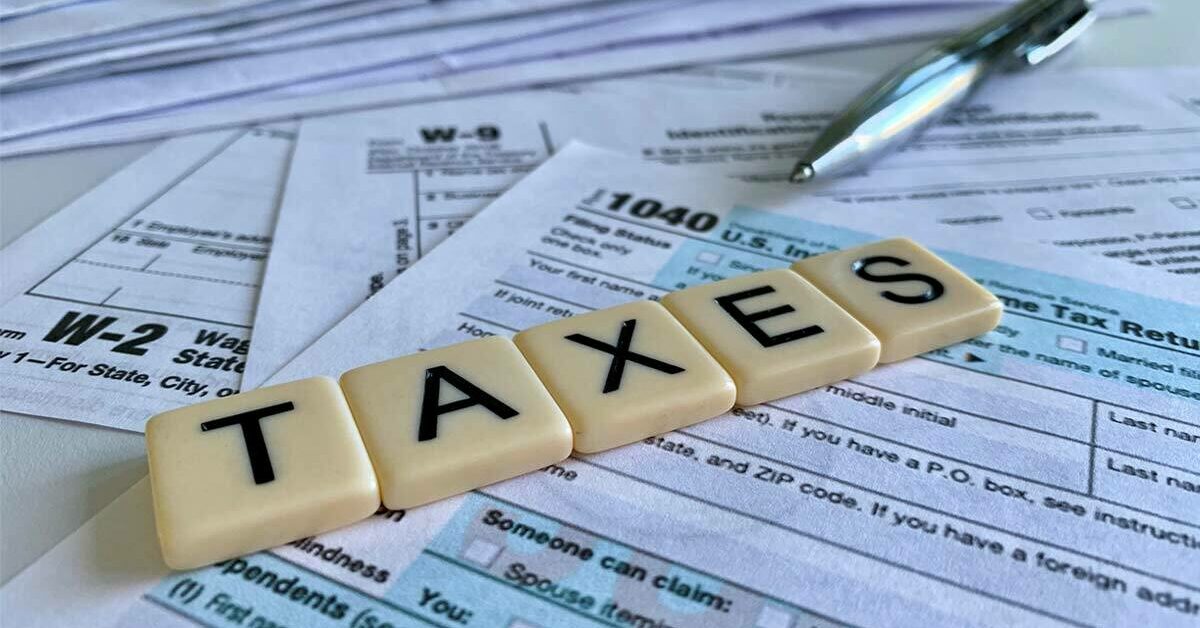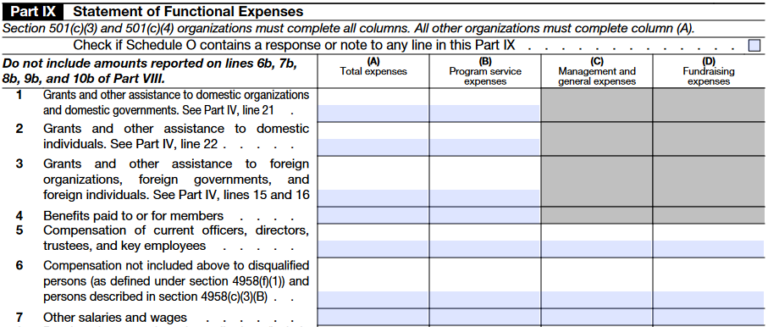

If any goods or services were provided by the organization in exchange for the contribution, include a description and good faith estimate of the value of those goods or services. (Example: A fundraising dinner event where some of the funds received from the donor pays for the actual dinner, while the rest is a donation.).Include a statement that no goods or services were provided by the organization in exchange for the contribution, if that was the case.Ask: Did the donor receive any goods or services in exchange for the gift? Statements – Good Faith Estimates of Value of Goods or Services.For non-cash gifts: A description (but not the value) of the non-cash contribution.For cash (checks, credit card, payroll deduction): The amount of the contribution received.
 Date of the contribution: The date the donation was received. Name of the organization (the charity) and name of the donor. Include the nonprofit’s EIN so the the donor can to check the charity’s tax-exempt status. Tax-exempt status statement: Statement that the organization is a 501c3 tax-exempt organization. We believe that expressions of thanks are like pancakes – they need to be served right away! What to include in donor acknowledgment letters? We advise that organizations provide written acknowledgment to donors in a timely manner - as close to the receipt of the gift as possible. In this way, the donor will have time to prepare their tax returns. Generally, most nonprofit organizations provide written acknowledgment by January 31 of the year following the receipt of the contribution. The IRS sets out that acknowledgments must be provided “ in writing, at the time of solicitation or when the payment is received, and in a way that will come to the attention of the donor,” according to IRS Publication 1771.įor the letter to be considered “contemporaneous” with the contribution, “a donor must receive the acknowledgment by the earlier of: the date on which the donor actually files his or her individual income tax return for the year of the contribution or the due date (including extensions) of the return.” When does the nonprofit need to send the written acknowledgment letter to donors? There is no official IRS form that the exempt organization has to complete.
Date of the contribution: The date the donation was received. Name of the organization (the charity) and name of the donor. Include the nonprofit’s EIN so the the donor can to check the charity’s tax-exempt status. Tax-exempt status statement: Statement that the organization is a 501c3 tax-exempt organization. We believe that expressions of thanks are like pancakes – they need to be served right away! What to include in donor acknowledgment letters? We advise that organizations provide written acknowledgment to donors in a timely manner - as close to the receipt of the gift as possible. In this way, the donor will have time to prepare their tax returns. Generally, most nonprofit organizations provide written acknowledgment by January 31 of the year following the receipt of the contribution. The IRS sets out that acknowledgments must be provided “ in writing, at the time of solicitation or when the payment is received, and in a way that will come to the attention of the donor,” according to IRS Publication 1771.įor the letter to be considered “contemporaneous” with the contribution, “a donor must receive the acknowledgment by the earlier of: the date on which the donor actually files his or her individual income tax return for the year of the contribution or the due date (including extensions) of the return.” When does the nonprofit need to send the written acknowledgment letter to donors? There is no official IRS form that the exempt organization has to complete. 
Proper written acknowledgments can include many forms - letters, e-mails, or postcards. Most tax-exempt organizations have certain requirements to follow - including providing donors with a donation “receipt” - often called an acknowledgment letter.ĭonors giving more than $250 in a single contribution to a tax-exempt nonprofit organization need a written acknowledgment from the organization to claim that deduction on their individual income tax return. Donor acknowledgment letters are more than just a “thank you” letter.







 0 kommentar(er)
0 kommentar(er)
